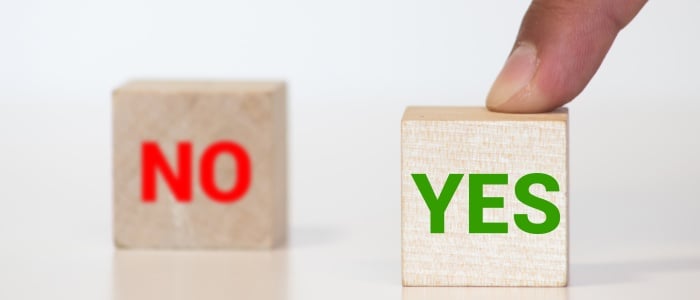A little background first
I have been in the ERP industry for close to 25 years, both as an implementation consultant and a salesperson. For my customers who have been using ERP for decades, as well as those looking for their first ERP, one of the most common discussion points is customization versus configuration. Let’s take a look at each approach, and I will tell you why we recommend one over the other.
What is ERP configuration?
There are numerous ERP systems on the market, but all of them have some sort of configuration layer. The depth of the functionality in this configuration layer varies. For example, the configuration layer in SAP is deep and complex. With other ERP solutions that are designed for small and medium-sized companies, the configuration layer is not as deep. I don’t say this to disparage a smaller tier solution; the fact of the matter is a smaller company’s needs are typically not as complex as a Fortune 100 company.
Think of configuration as a toolbox someone can use to make the software behave a certain way, but still remain “in the box.” ERP configuration allows you to set up the system in a variety of ways. But those ways are provided to you by the company that develops the software, and thus, you live within those limits. This may sound like a bad thing, but it isn’t; it is actually a good thing. By using configuration, you are not fundamentally changing the way the software works or is designed. Your company will be able to upgrade more easily if you are running an on-premise solution, and you are also making sure that just about anyone who understands the software can easily use it (such as, in situations where you have turnover).
The advice we always give is to use ERP configuration whenever possible, not customization. What is customization? Read on…
What is ERP customization?
There are different interpretations of the word “customization,” but at Visual South we define it as when functionality is created outside of the “box” provided by the software vendor. This can take many forms, but the riskiest of which is ERP customization by changing the source code of the software. Changing the source code is rarely advisable for a few reasons. First, you are changing the way the software was designed to work. By doing this, you immediately make yourself different from other companies using the same software, which makes it more difficult for your software vendor to support you. Secondly, changing/customizing the source code makes upgrading to new versions of the software more difficult, time consuming, and expensive.
Related: How ERP Customizations Can Lead to Major Issues
In conclusion
Every company that runs ERP has the choice between customization and configuration. My advice is configure if at all possible. If processes need to be changed to accommodate your ERP’s functionality, then do so. The discomfort of change will fade, but a customization to the software and the negative effects it brings to your operations will live on for a very, very long time.
We help companies with ERP every day. Can we help you? Feel free to contact us to have a conversation!









